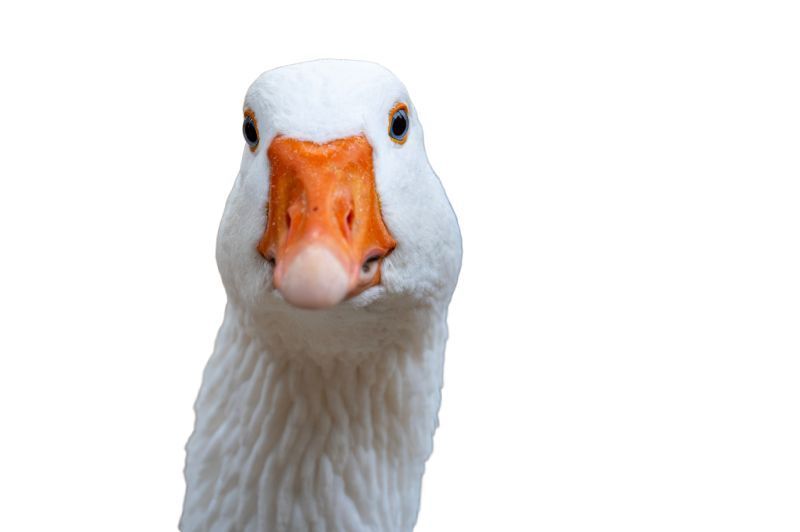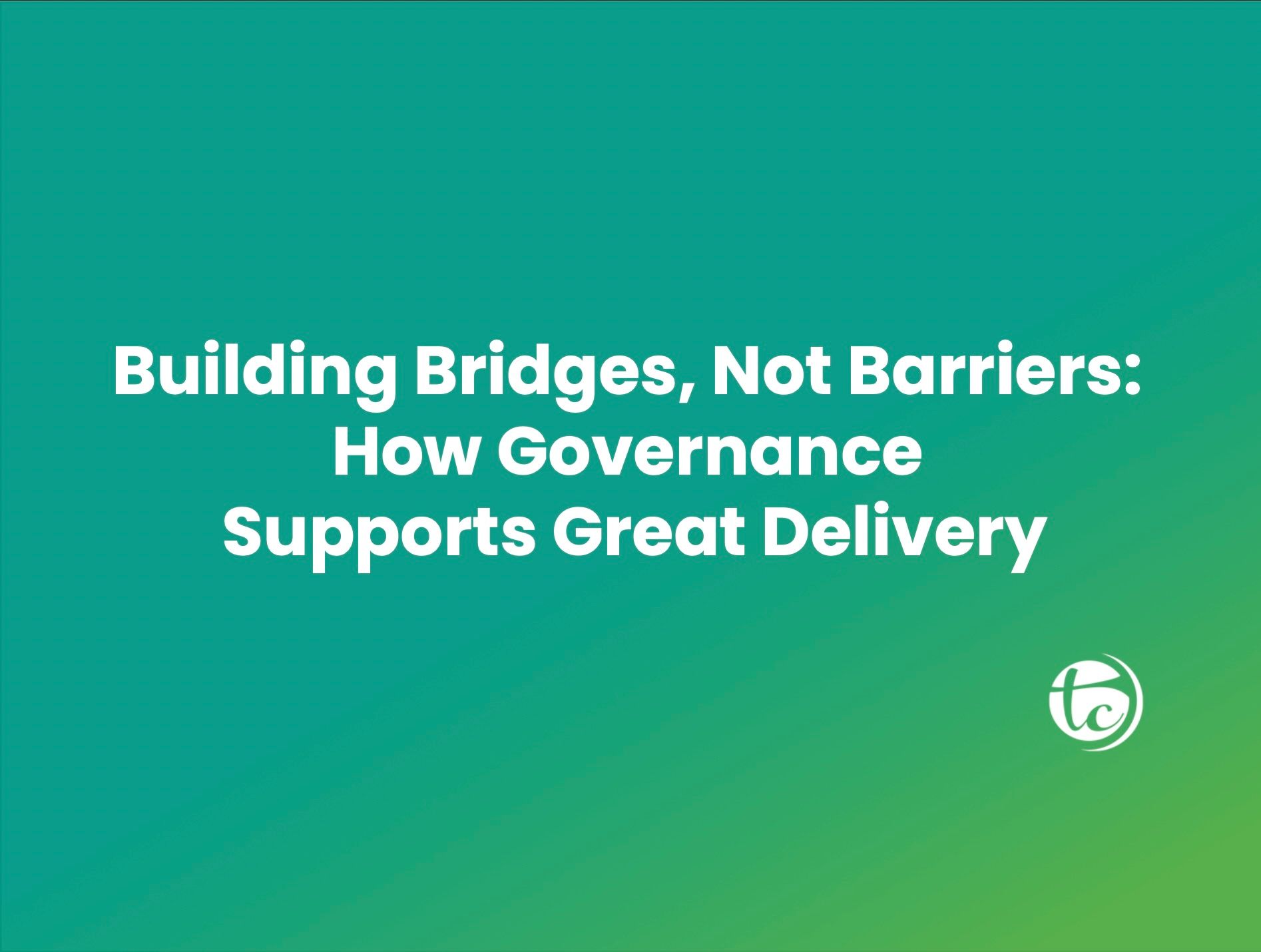Every year about this time my now teenage daughter and I have the same conversation about the Christmas tree.
The tree has decorations on it from all over the place, the world even; from Tanzania to the Arctic, from Platform 9 3/4 to poor Yorick’s skull. It always takes me ages to dress the tree because each decoration is a memory and a chance to reflect. Over the years a few of the decorations have been broken and I even remember those even though they don’t physically exist anymore.
The centre piece, tree topper, has been refreshed over the years, not that often but it gives a different view of the tree and usually reflects where we are at the time. We’ve had stars and a variety of fairies over the years, each adding their own special magic.
We now have a skirt around the bottom of the tree to give it a more secure foundation, and quite frankly, to protect it from the dogs. It looks good and works well with the tree and most importantly it provides good solid protection which it hadn’t needed in life before beagles.
Something that has changed quite a lot is the lighting. We’ve seen a succession of ever improving technology. We originally had bulbs, big lights which needed replacing often and involved checking every single bulb in the chain until the culprit was identified. Getting lights that flashed in different patterns was quite a big moment in the O’Toole household.
We progressed to LEDs which eliminated some of the issues with the regular bulbs. The LEDs have got increasingly smaller and last year we found a whole new innovation. Instead of just one long string of lights to wrap around the tree before the decorations went up, we discovered multi-stringed tiny LEDs. Wait for this, you place the centre of the light strings at the top of tree and then, the strings cascade beautifully down the tree with next to no effort.
Rocked our world I can tell you.
The bottom line, and the reason why we will probably continue with our old but faithful tree, is this.
This is our Christmas Tree; it’s exactly what we needed 16 years ago and that fundamental requirement has never changed. Sure, we’ve added to the offering over the years and we’ve lost some elements on the way, this has only increased the value generated every year. More security has been added over the years to cope with new threats and we’ve also taken advantage of new technology to make it easier and quicker to make the most of our offering. It’s our tree and we love it.
Happy Christmas everyone!













